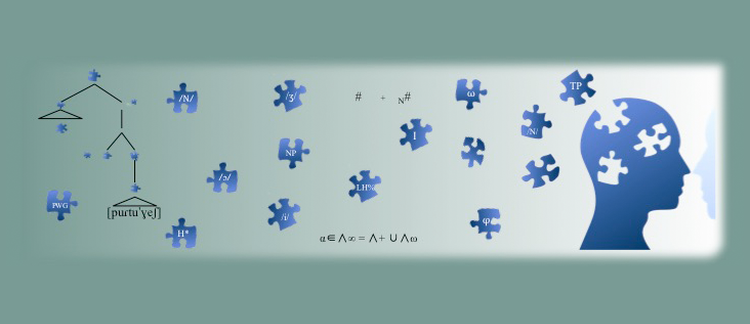Abstract
Arising from the application of Optimality Theory (OT) to issues of language acquisition, the term "stratum" may represent (i) a single constraint, and therefore the strict ranking proposed by standard OT, as shown especially in research using data of the target language, or (ii) a group of constraints which do not present a fixed ranking among themselves. This kind of stratum has been often interpreted as a mere grouping of constraints without any relation of dominance, the optimum output being that which violates the smallest number of constraints in the stratum. However, the way the theoretical model works allows for a different interpretation, based on the concept of "floating" ranking, which may be responsible for variable outputs. Based on the phonological acquisition of Brazilian Portuguese, this paper discusses the several interpretations which may be attributed to the notion of "stratum" in the construction of constraints hierarchy and establishes connections with phonological variation in adult speech.
How to Cite
Bonilha, G. & Matzenauer, C., (2003) “Optimality Theory and Hierarchy Construction”, Journal of Portuguese Linguistics 2(1), 7-18. doi: https://doi.org/10.5334/jpl.33
442
Views
127
Downloads
1
Citations
